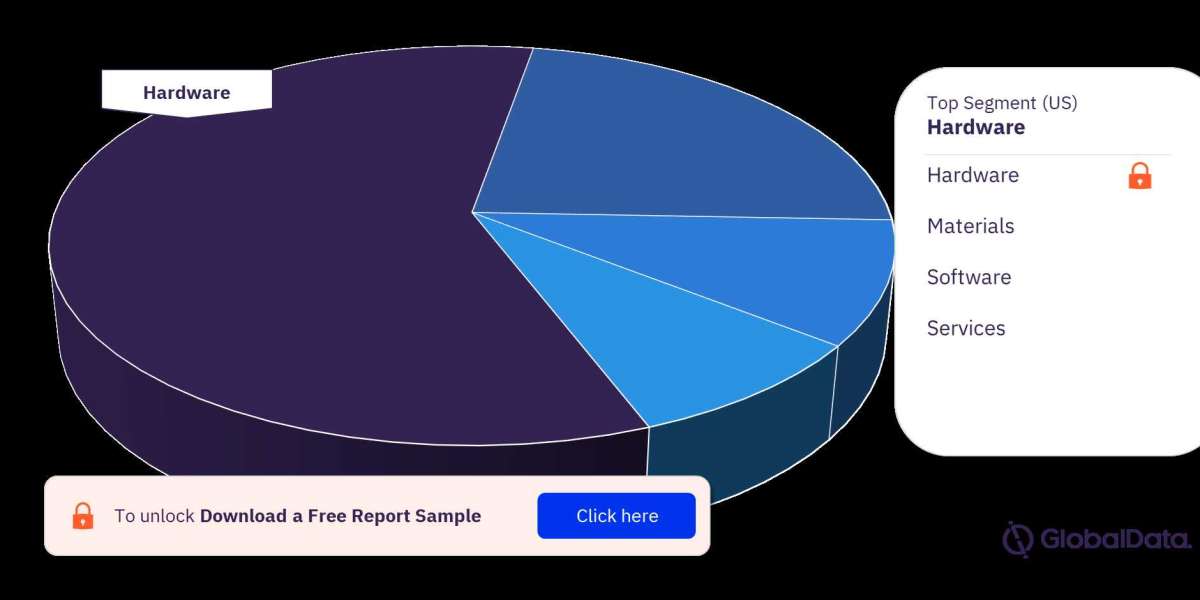The 3D printing market size is estimated to be $23.2 billion in 2023 and expected to grow at a compound annual growth rate (CAGR) of more than 22% over the forecast period. The 3D printing industry is on an upwards curve, with growing usage in manufacturing, alongside injection molding and computer numerical control machining. The use of polymers, particularly plastics, in 3D printing still exceeds metals, but the gap is narrowing, and metals could outstrip polymers in the coming years. The increasing usage in the manufacturing sector is expected to be a key driving factor for 3D printing demand over the forecast period.

Fetch Sample PDF for 3D Printing Segment-Specific Revenues and Shares, Download a Free Report Sample
The 3D printing industry is comprised of several segments, including hardware, materials, software, and services. Among these segments, the hardware segment is considered to be the most significant contributor to revenue generation in 2022. This can be attributed to the fact that the hardware segment includes the actual machines that perform the additive processes to create physical objects.
The hardware segment encompasses a variety of 3D printing machines, including metal 3D printers, polymers/ceramics 3D printers, and 3D bioprinters. These machines are utilized across numerous industries and applications, and their importance in the additive manufacturing process cannot be overstated.
The software segment of the 3D printing industry is expected to exhibit a compounded annual growth of 20% between 2022 and 2026. This segment includes a range of software solutions that play crucial roles in the additive manufacturing process, such as modelling, sculpting, workflow management, and customization.
3D printing software enables designers and manufacturers to create intricate and complex designs that would be difficult, if not impossible, to produce with traditional manufacturing methods. Computer-aided design (CAD) software is one of the most popular tools used to design and create 3D models, and its capabilities are continually expanding as new technologies emerge.







